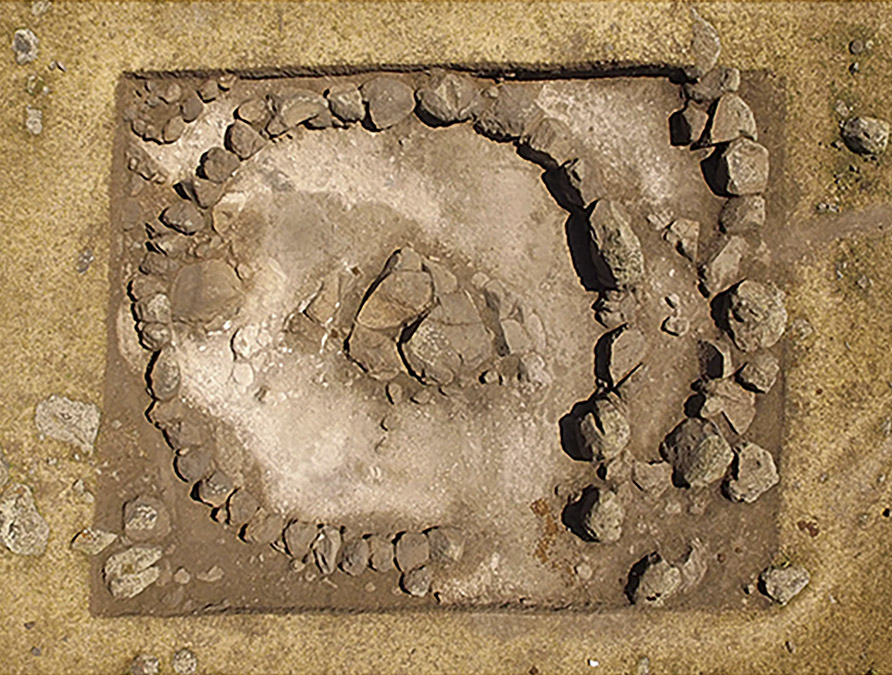AJA Open Access
April 2022 (126.2)
Field Report
The Project ArAGATS Kasakh Valley Archaeological Survey, Armenia: Report of the 2014–2017 Seasons
By Ian Lindsay, Alan F. Greene, Maureen E. Marshall, Ruben Badalyan, Amy Cromartie, Karen Azatyan, Levon Aghikyan, Lori Khatchadourian, Arshaluys Mkrtchyan, and Adam T. Smith
During four field seasons spanning 2014 through 2017, Project ArAGATS (Archaeology and Geography of Ancient Transcaucasian Societies) expanded our long-term research on the origins and development of complex political systems in the South Caucasus with a comprehensive study of the upper Kasakh River valley in north-central Armenia. The Kasakh Valley Archaeological Survey employed both systematic transect survey of 43 km2 and extensive satellite- and drone-based reconnaissance to accommodate the complex topography of the Lesser Caucasus and the impacts of Soviet-era land amelioration. Though our survey was animated by questions related to the chronology and distribution of Bronze and Iron Age fortifications and cemeteries, we also recorded Paleolithic sites stretching back to the earliest human settlement of the Caucasus, Early Bronze Age surface finds, and historic landscape modifications. Concurrent to the survey, members of the ArAGATS team carried out test excavations at select settlement sites and associated burials, and a series of wetland core extractions, with the goals of affirming site occupation sequences and setting them within their environmental context. This report provides an overview of the results of these multidisciplinary activities.
